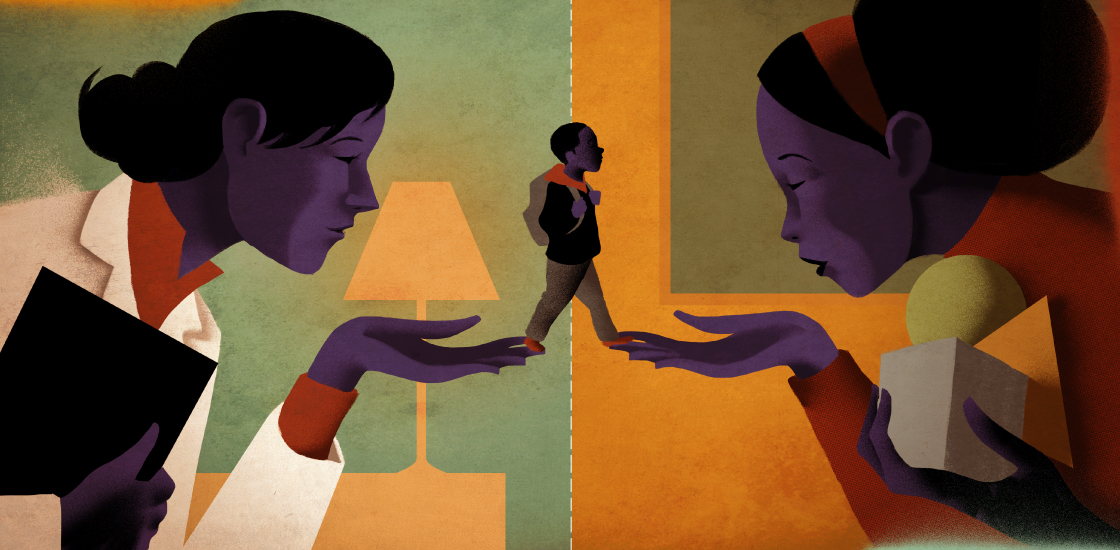THIS ARTICLE IS MORE THAN FIVE YEARS OLD
This article is more than five years old. Autism research — and science in general — is constantly evolving, so older articles may contain information or theories that have been reevaluated since their original publication date.
Dear Readers,
To say this has been a momentous year for us would be an understatement.
Loyal readers know that we had been producing news on SFARI.org since 2008, evolving and improving each year. But in September 2015, we took the big step of moving the news to its own home, with the new name Spectrum. And we couldn’t be happier.
The beautiful design lets our content breathe, and allows us to tell stories using evocative illustrations and sharp photography. The move also cements our editorial independence from our parent organization.
This year, we debuted Deep Dives, which, true to their name, are richly reported, in-depth stories on important topics in autism research. We delved into the controversial notion of recovery from autism, the shameful neglect of adults with the condition, the role of sleep and the microbiome, and the potential promise of transcranial magnetic stimulation. Our primary audience is the scientific community, but we syndicated these long-form pieces to The Atlantic, Slate, The Guardian, MedPage Today and Scientific American.
In October, our team descended on Chicago in force for the 2015 Society for Neuroscience annual meeting. We reported on intriguing new findings that hint, for example, that problems with social interactions stem from faulty wiring of a deep-brain circuit and on the progress scientists are making toward creating monkey models of autism. We also reported on a homemade microscope built from off-the-shelf parts and on a technique that uses the water-absorbing gel in disposable diapers — yes, you read that right — to stretch brain tissue and to spot and sequence genes. In all, we published 44 stories over the five days of the conference.
That week, we also produced a special report on a topic that is proving to be among the most interesting in autism research: the role of sex/gender. Our package included opinion pieces from experts on how women may be shielded from autism, how well those affected mask their symptoms, and the urgent need to find and understand these women. We also ran Deep Dives on the unique struggles women with autism face in their lives, as well as the push to use female mice to study the condition. We intend to do many more of these special reports in 2016.
Behind the scenes, too, our team evolved: We said goodbye to our community manager, Greg Boustead, our web producer, Amedeo Tumolillo and our team assistant, Krista Selasky, and welcomed to the team our managing editor, Ingrid Wickelgren, and a new staff writer, Ann Griswold.
Beyond our own team, it has been a momentous year for autism research as well, and our special report highlights the best of the year’s papers, the topics that trended in 2015, as well the stories we particularly loved creating. As always, we also have some articles that diverge from the core research to look into scientists’ lives — their personal connections to autism, and what makes their work especially difficult.
We hope you enjoy this special report, and the volumes of stories we published all year. We have many ideas for 2016, and we invite you to join us often. We look forward to hearing from you.
From all of us at Spectrum, we wish you a happy holiday season.
—Apoorva Mandavilli & the Spectrum team

By joining the discussion, you agree to our privacy policy.